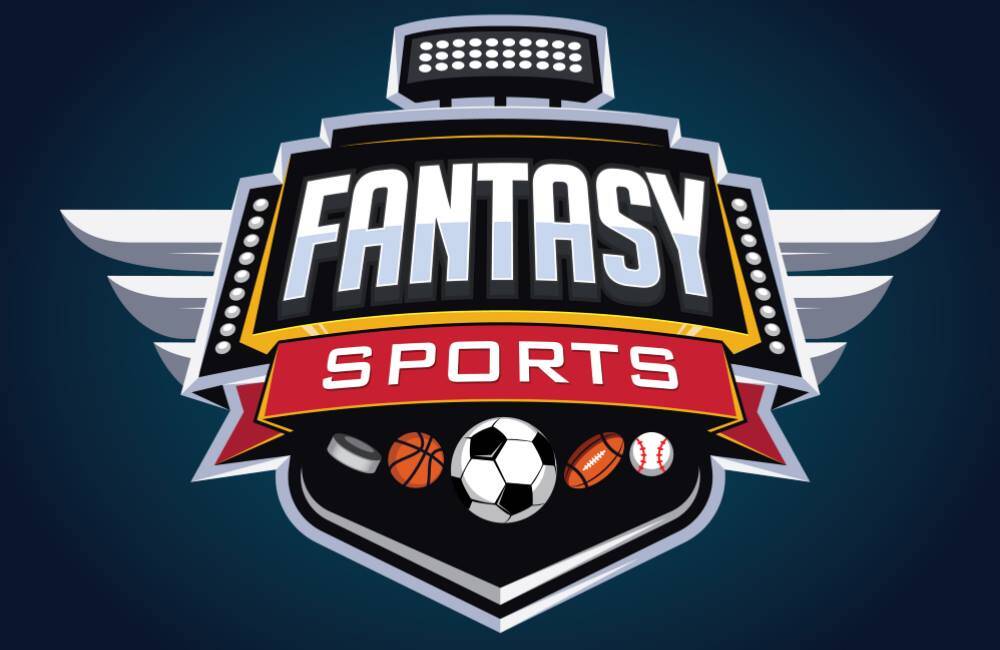
Fantasy Sports started in the mid-20th century when Oakland executive Wilfred "Bill" Winkenbach developed the pioneering fantasy football league. Since those modest beginnings, this digital competition has exploded into a worldwide movement engaging over 60 million competitors in North America specifically.
Current enthusiasts can choose between season-long commitments that reflect professional sports calendars or daily contests offering instant gratification through short-format formats. Each approach appeals to varied player types, with different levels of commitment and strategy requirements.
Throughout this detailed manual, newcomers will discover basic fundamentals while experienced managers get in-depth strategies to lead their leagues. Whether you're drafting your initial team or pursuing that championship edge, these insights will enhance your fantasy mindset.
Understanding Fantasy Sports?
Fantasy Sports allow players to build constructed teams using real athletes whose real-world statistical performances convert into points within a game-based framework. These digital contests establish side-by-side competitions where awareness, strategy, and sometimes fortune decide outcomes.
NFL football leads the fantasy landscape, but basketball, baseball, hockey, soccer, golf, and even rising esports have developed dedicated communities. Each sport features unique scoring systems demonstrating the specific statistics considered in those competitive competitions.
Daily Fantasy Sports (DFS) dramatically departs from classic season-long formats by compressing the experience into condensed timeframes. While season-long leagues necessitate months of focus through waiver moves, trades, and lineup decisions, DFS contests end quickly—sometimes within a single day—giving players to redraft entirely new rosters for subsequent competitions.
Understanding How Fantasy Sports Run
Snake drafts act as the most popular selection method, alternating order each round to maintain fairness, while auction formats offer managers set budgets to purchase players. Best ball does away with weekly lineup decisions by systematically counting highest-scoring players.
Scoring systems differ dramatically across platforms and sports. Point-Per-Reception (PPR) grants NFL receivers with extra points for catches, whereas standard formats emphasize primarily on touchdowns and yardage. Custom leagues enable commissioners to modify values, building unique strategic environments.
Redraft leagues begin fresh annually, requiring complete team reconstruction. Dynasty formats let managers to preserve most roster spots between seasons, focusing on long-term player development. Keeper leagues maintain a middle ground, supporting teams to preserve limited player cores while rebuilding remaining positions through annual drafts.
Picking the Perfect Fantasy Site
ESPN supplies outstanding broadcast integration, showcasing video content and analysis seamlessly alongside management tools. Yahoo presents intuitive interfaces with comprehensive free offerings. Sleeper has revolutionized the mobile experience with social features and modern design elements engaging younger demographics.
DraftKings performs well with tournament variety and aggressive promotional offerings. FanDuel maintains somewhat simpler gameplay mechanics, making it accessible for beginners. Underdog has carved a niche through innovative "pick'em" contests merging player props with fantasy concepts.
Mobile applications now lead fantasy engagement, though desktop platforms often provide advanced functionality for sophisticated tasks like draft preparation or trade analysis. Advanced managers frequently leverage both formats, taking advantage of each platform's strengths based on specific needs and circumstances.
Roster Selection Strategies
Preparation initiates weeks before draft time through frequent mock draft participation, reviewing expert rankings, and following Average Draft Position (ADP) data. These methods create familiarity with player valuation patterns and typical draft flows.
Efficiency-driven drafting measures relative worth above replacement-level players at each position, optimizing roster efficiency. Talent-priority approaches skip positional considerations to collect raw talent, correcting balance later through trades.
Positional scarcity demands detailed consideration of resource dynamics. passer-centric drafting strategies frequently underperform because high-quality options are found in later rounds. On the other hand, standout running backs need premium consideration due to sudden talent dropoff and injury susceptibility producing position-wide volatility.
Ongoing League Oversight Tips
Free-agent wire monitoring differentiates winners from also-rans. Proficient managers commit considerable resources toward tracking breaking news, injury reports, and emerging statistical trends. Initiative exceeds reactivity when claiming newly valuable assets.
Transactions strategically involves understanding psychological motivations beyond pure player valuation. Spotting roster imbalances among opponents opens mutually beneficial exchange opportunities. Consistently begin negotiations with balanced offers, avoiding insulting proposals that damage future trading possibilities.
Bye weeks call for early planning rather than emergency adjustments. Smart managers balance these scheduled absences across roster positions during draft construction. Injured stars often become acquisition targets from struggling teams requiring immediate production, providing patient managers with playoff-peaking assets.
DFS-Specific Strategy (Daily Fantasy Sports)
Tournament selection significantly influences effective strategy. safe formats (balanced pools, Double-Ups) favor consistency and high-floor players. Guaranteed Prize Pool tournaments (GPPs) demand contrarian thinking and max-output to differentiate entries among thousands of players.
Money management principles suggest restricting tournament exposure to a segment of available funds, minimizing variance from depleting resources. Safe growth sports approaches establish longevity within this dynamic format.
Synergizing correlation through quarterback-receiver combinations boosts point potential during explosive offensive performances. Considering Vegas betting lines, weather conditions, and defensive matchups provides contextual edges against uninformed opponents.
Research tools steadily evolving, with player projection models, lineup optimizers, and ownership forecasts becoming increasingly advanced. Harmonizing these resources without leaning heavily on them gives competitive advantages against both technology-dependent and instinct-driven competitors.
Fantasy Sports and Sports Betting: Where They Align
Conventional sports betting and fantasy competitions share analytical foundations despite structural differences. Both fields emphasize statistical analysis, situational awareness, and identification of market inefficiencies.
Player prop wagers strongly resemble fantasy point expectations, offering arbitrage opportunities for sophisticated participants who detect discrepancies between these related markets. Line shopping across multiple platforms functions equally in both domains.
Legal considerations shift widely by jurisdiction, with regulatory frameworks adapting quickly across states. Smart engagement includes understanding applicable laws, setting strict budgetary constraints, and keeping perspective on entertainment value versus financial motivations.
Frequent Mistakes to Steer Clear Of
Team-based bias often compromises analytical decision-making. Managers overestimate players from beloved teams while ignoring rivals regardless of statistical projections. Elite play requires emotional detachment during review processes.
Head-to-head analysis goes beyond surface-level rankings. Weather impacts, scheme adjustments, personnel changes, and motivation factors deliver deeper context for performance expectations. Basic research results in surface-level results.
Roster inertia results in managers to maintain underperforming players due to draft capital investment. Savvy teams ruthlessly evaluate production rather than reputation, committing to difficult decisions without sentimentality. Yesterday’s performance ensures nothing about tomorrow’s outcomes.
The Future of Fantasy Sports
Best ball formats continue increasing in popularity by eliminating burdensome weekly management requirements while maintaining season-long engagement. Pick'em contests reduce the complexity of the experience further through player-versus-player propositions rather than complex roster construction.
NFT integration has started changing ownership concepts within fantasy ecosystems. Blockchain verification powers individual digital assets representing team ownership, achievement records, and collectible moments from fantasy competitions.
International expansion introduces vast growth potential, particularly across European soccer markets, Australian rules football communities, and cricket-dominant regions. Cultural adaptation of contest structures will enhance global accessibility.
Artificial intelligence rapidly drives analytical tools, evaluating vast information quantities beyond human capability. Machine learning algorithms detect subtle performance patterns, injury indicators, and matchup advantages, reshaping research methodologies across casual and professional fantasy participants.
 Hallie Eisenberg Then & Now!
Hallie Eisenberg Then & Now! Danica McKellar Then & Now!
Danica McKellar Then & Now! Marcus Jordan Then & Now!
Marcus Jordan Then & Now! Tonya Harding Then & Now!
Tonya Harding Then & Now! Brooke Shields Then & Now!
Brooke Shields Then & Now!